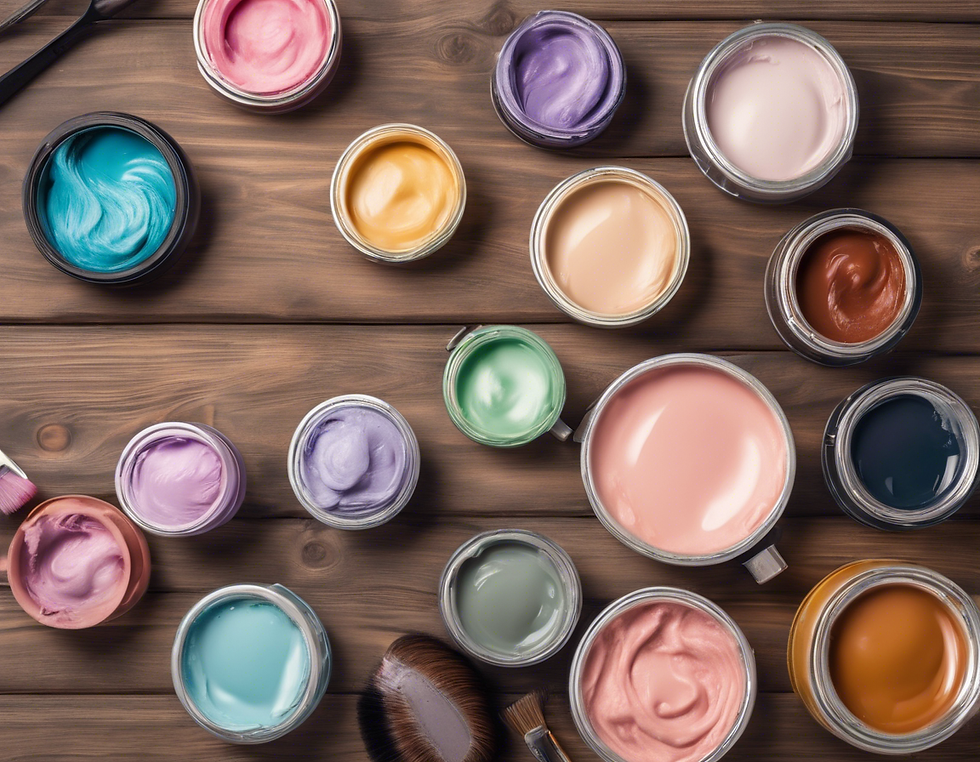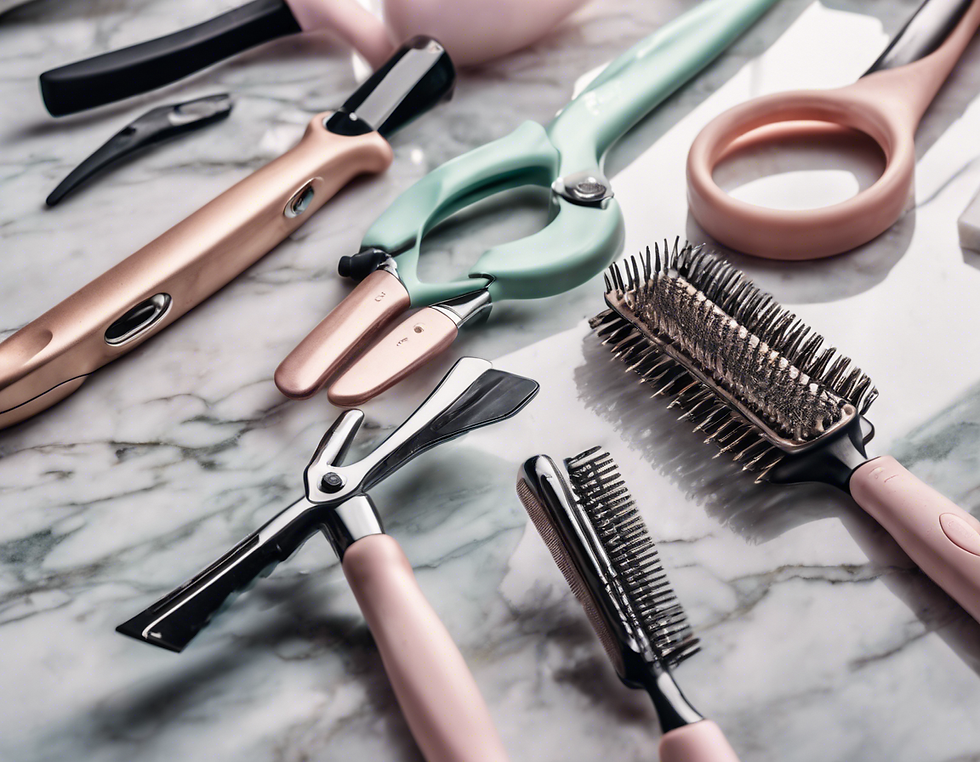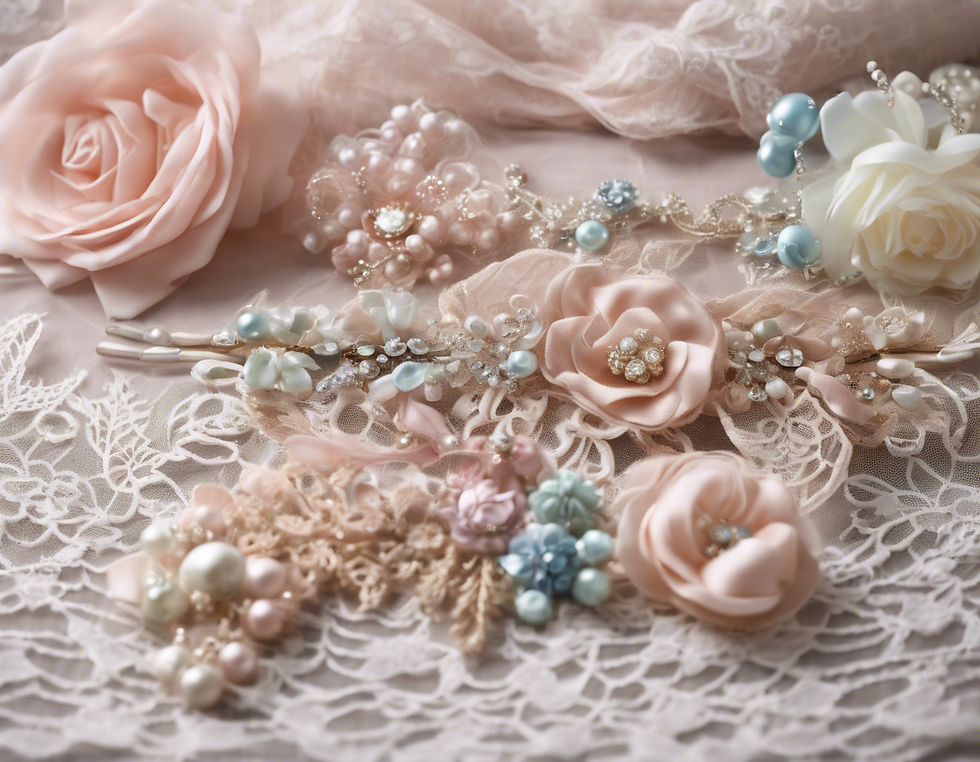Ultimate Guide to Hair Coloring Techniques
- Meagan Thomson
- Aug 25, 2024
- 2 min read
Are you considering changing up your hair color but not sure where to start? With so many hair coloring techniques out there, it can be overwhelming to choose the best one for you. That's why we have put together the ultimate guide to hair coloring techniques to help you make an informed decision before your next salon appointment.

Highlights: One of the most popular hair coloring techniques, highlights involve coloring small sections of hair to add dimension and brightness to your overall look. There are various types of highlights, including traditional foil highlights, balayage, and ombre. Balayage, for example, creates a more natural, sun-kissed effect by hand-painting the color onto the hair.
Lowlights: Lowlights are the opposite of highlights, as they involve darkening certain sections of the hair to add depth and dimension. This technique is perfect for those looking to add richness to their hair color without going too drastic.
All-Over Color: If you're looking for a complete hair color transformation, an all-over color is the way to go. This technique involves coloring all of your hair in a single shade, whether you're going for a natural look or something more bold and striking.
Color Melting: Color melting is a seamless hair coloring technique that involves blending multiple shades together for a smooth and natural transition. This method is ideal for those looking for a more subtle and gradual change in hair color.
Root Smudging: Root smudging is a technique where the hair colorist blends the hair color at the roots for a softer and more natural look. This helps to reduce the harsh line of demarcation between the new growth and the colored hair.
Color Blocking: For those who want to make a bold statement with their hair color, color blocking is the perfect technique. This involves coloring specific sections of the hair in vibrant and contrasting colors for a dramatic and edgy look. When choosing a hair coloring technique, consider factors such as your natural hair color, skin tone, and maintenance preferences. It's always a good idea to consult with a professional hair colorist who can assess your hair and help you choose the best technique for your desired look. Remember, maintaining your hair color is just as important as the initial coloring process. Use color-safe shampoos and conditioners, avoid excessive heat styling, and schedule regular touch-up appointments to keep your hair color looking fresh and vibrant. Whether you're looking to add subtle highlights or completely transform your hair color, there's a hair coloring technique out there for you. Consult with a professional stylist, take your time to choose the right technique, and enjoy your beautiful new hair color!


Comments